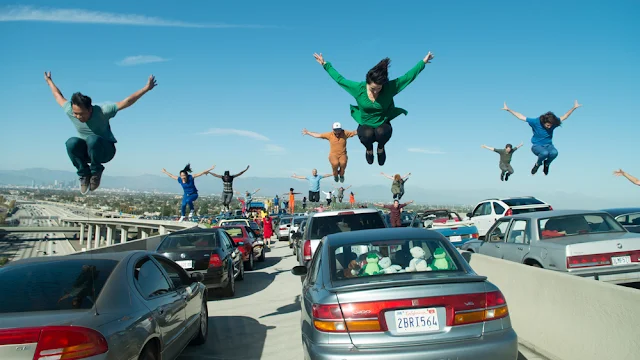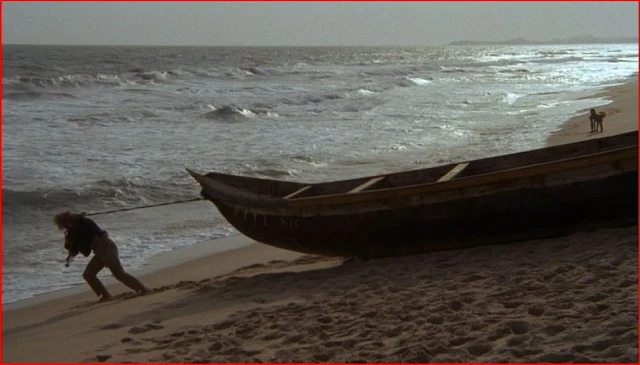 |
| Seymour Cassel and Lynn Carlin in Faces |
Maria Forst: Lynn Carlin
Jeannie Rapp: Gena Rowlands
Chet: Seymour Cassel
Freddie Draper: Fred Draper
Louise Draper: Joanne Moore Jordan
Florence: Dorothy Gulliver
Jim McCarthy: Val Avery
Billy Mae: Darlene Conley
Joe Jackson: Gene Darfler
Director: John Cassavetes
Screenplay: John Cassavetes
Cinematography: Al Ruban
Film editing: Maurice McEndree, Al Ruban
I often feel like there are some very good short films struggling to get out of John Cassavetes's features. One finally emerges in Faces after what seems like hours of the drunken horseplay of middle-aged businessmen who laugh heartily at their antics and bad jokes, egged on by the party girls they have picked up. That stuff is essential to the point Cassavetes is making about the stalled lives of his characters, but it goes on much too long. There are those who defend it insistently and articulately: Without the wearying effect of these opening sequences, they argue, the poignancy of the film's later scenes, such as its quiet conclusion with the estranged husband and wife sitting in a stairwell, would not be so effective. I get the point, just as I can see how tonic Faces was in its late-1960s context -- the '60s were one of the weakest decades for American film. But the movie only comes to life for me when Lynn Carlin's Maria, suffering silently from her husband's announcement that he wants a divorce, goes to the Whisky a Go Go in West Hollywood with some of her friends and comes back with the freewheeling young Chet. (Seymour Cassel, who was 30 when the movie was made, seems a little long in the tooth for the role, and because the film was released three years after it was made and after things had become shaggier and more psychedelic, Chet is a very clean-cut hippie.) Carlin's performance has a vulnerability to it that is quite touching, and when Chet wakes up to find Maria overdosed on sleeping pills, the scenes of his attempt to revive her are beautifully acted. And when Richard arrives to find Chet fleeing from Maria's bedroom, the intricate attempt of husband and wife to cope with their common adulteries and incompatibility is very well worked-out. I believe these scenes much more than I do the earlier ones of the raucous, blustery businessmen, which feel like actors working too hard to play dumber and more vulgar than they are.








